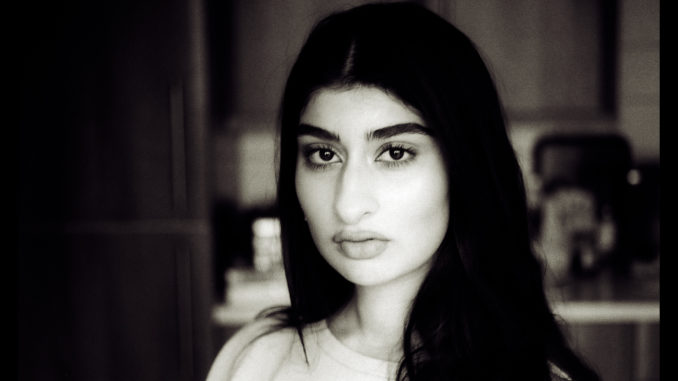
Back to Basics with a Minolta Maxxum 7
by Ibraar Hussain
Hi Steve, Brandon and all the new and old stevehuffphoto.com visitors, enthusiasts, contributors and everyone else who has and will visit this site in years to come (and long may it continue).
I’ve been away a while, to cut a long story short personal circumstances and difficulties meant my photographic equipment (except my scanner) my Macintosh and my love and enthusiasm for the art and hobby of photography vanished and I was pretty much lost to it all. You could say 2017 was my annus horribilis and I was glad to be rid of it.
Come January and things started to improve, the spells of heavy snow saw me trekking through deep drifts with my (excellent) iPhone X and at the first signs of Spring I felt a yearning for what I had seemingly lost forever – real photography, with a camera.
I was then asked by a nephew to shoot for a couple of girls modelling portfolios – I borrowed a Canon 650D SLR with a 50mm f1.7 (which became a portrait lens) and enjoyed every second of it – the results were superb and I found that using a DSLR with an Optical Finder (albeit a small one on the Canon) was so effective and a joy to use. (sadly I don’t have permission to publish these on this site yet).
I then decided to go back to basics – the very first camera I had bought when my enthusiasm for photography went beyond snapshots to creative control was a Minolta Dynax/Maxxum/Alpha 5 and I loved that camera, I couldn’t afford it’s bigger brothers; the Maxxum 7 and especially the Maxxum 9 at the time and I’d always planned to acquire one. Well, time went on and my direction changed – I went into Digital SLR’s and then the Contax G2 and dabbled in Mirrorless and other Digital compact and I never did go back to Minolta (or Konica Minolta).
Anyway, I digress, I bit the bullet and purchased my holy grail the Maxxum 7. This is about as perfect a camera as you can get – ergonomics are perfect – just perfect, and it’s probably the most advanced 35mm SLR ever made – I’d go as far as to compare it to the formidable Nikon F6.
I decided on this as it was supposedly faster and more compact than the Minolta Maxxum 9 which as owners will tell you is a work of art https://photographic-central.blogspot.co.uk/2011/03/minolta-maxxum-9.html
The ergonomics as I said are excellent, the buttons and knobs can be seen in the photos and everything is perfectly placed.
The focussing is very fast, the View Finder is big and bright (I don’t like eVF’s – I have always preferred optical VF’s as I feel more immersed in my subject rather than a TV screen).
The metering is dead on perfect – the matrix metering exposes Slides perfectly (need to obviously compensate for difficult lighting and backlighting)
The camera is so advanced, it allows you to partially shoot a roll, and change mid roll – then pop the previous roll back in again – so on and so forth, which means a photographer isn’t stuck with the same roll of Film and can have the flexible benefits attributed to digital. The camera remembers the film and frame and simply advances to that frame when the previous roll is inserted.
And finally, what bliss and a relief it was to go back to an automated quick 35mm SLR – a Single lens reflex camera where I can actually see the subject and the effects of the filters I screw into the lens, which has fast AF and dead on matrix metering perfect for shooting slides. No more poncing around with MF lenses and no more guesswork.
I wanted one lens for now and I decided on the Minolta 50mm f2.8 Macro (thank you Ken Rockwell)
I chose this rather than the 50mm f1.4 as i) The 100mm is probably as well built and sharp enough ii) I don’t need the extra 2 stops (as I always shoot portraits at f2.8 and using available daylight) iii) I could do with the Macro and iv) It’s cheaper.
Anyway, I shot 6 rolls of Film altogether – a roll of Ilford FP4+, Agfa Precisa CT 100 (aka Fuji Sensia 100) 2x Fuji Velvia 50, Fuji Astia 100, Agfa Ultra 50. (All Lab developed and scanned at http://www.forestphotographic.co.uk/)
Needless to say the camera was and is a complete joy to use and to own – it fills me with confidence and allows me to concentrate on creativity and the light rather than controls.
I don’t give a monkey’s toss about shooting zillions of frames, about sharpness and resolution nor about shooting things in near darkness – I want beautiful light, colour and the right subject and to be able to enjoy it all. I also love presenting and viewing my slides on my Rollei Slide Projector with German made Rollei S-Projar 90mm f2.5. Projecting a slide onto a white screen in a darkened room is something which is so much more satisfying than looking at pixels.
Here are a selection of snaps, a couple from Beale park just outside London, Brownsea Island in Dorsetshire and from some time spent in Peru this May visiting my Missus family, walking and climbing – and only shot 3 rolls of Film – I did borrow my sister’s Fuji X30 compact digital – and it was very slow, clunky and unsatisfying to use with questionable results inferior to my iPhone X – I soon abandoned it and gave it to the Missus to use!
Upon returning I bought a new computer set up – a Mac Mini, a fully calibrated Dell u2415 24” 16:10 Monitor and a Matias Mini Tactile pro Keyboard – with the classic Apple feel and build.
Now I’m chomping at the bit to go out and photograph – waiting in the wings are a few rolls of Adox Scala 160 and a roll of classic Agfa Scala 200x – these can be developed at http://www.photostudio13.de and their rates and services are superb!
The future? Continue to shoot Film (as I love it) and to look for a used Sony (Konica Minolta designed) A850/900 (not keen on the eVF newer A99 or the E-Mount).
These are basic Lab scanned – I was unable to use my scanner properly as I only had the Apple Image Capture to work with, lack ICC Profiles, not much control and couldn’t download Epson Scan or a non watermarked version of Vuescan.

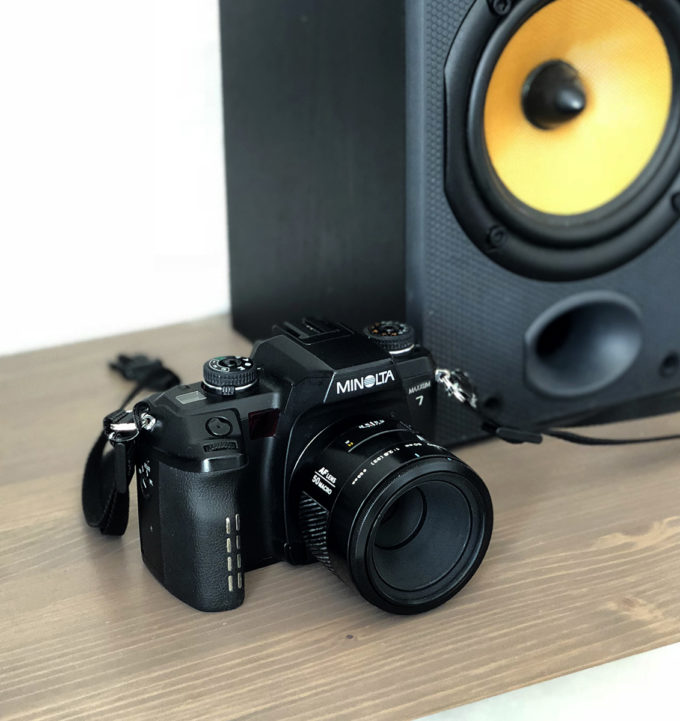
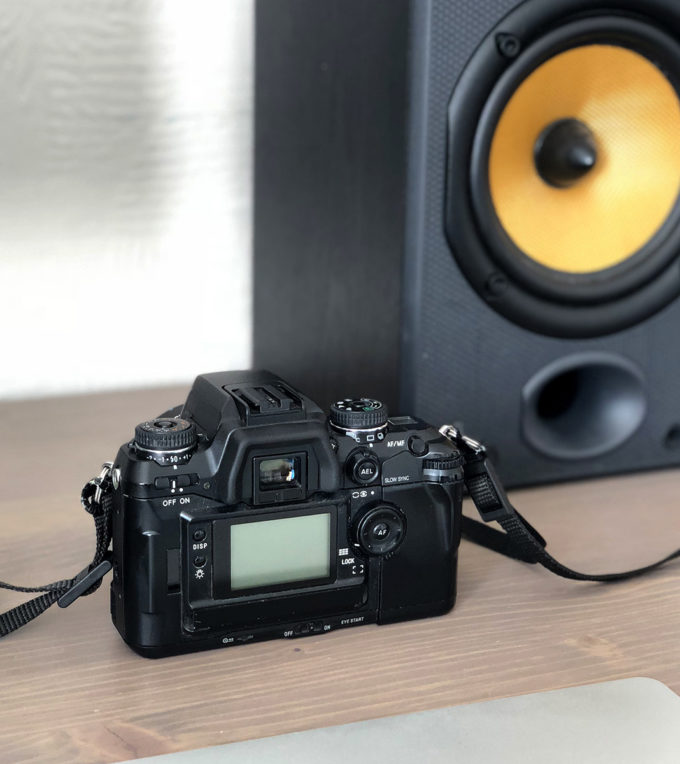
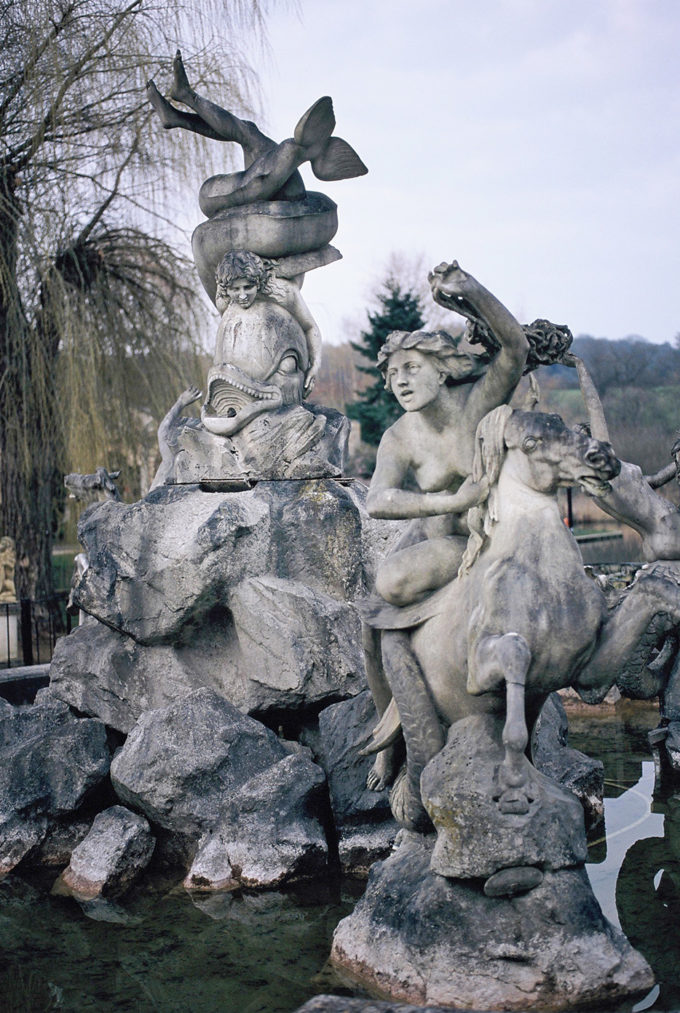
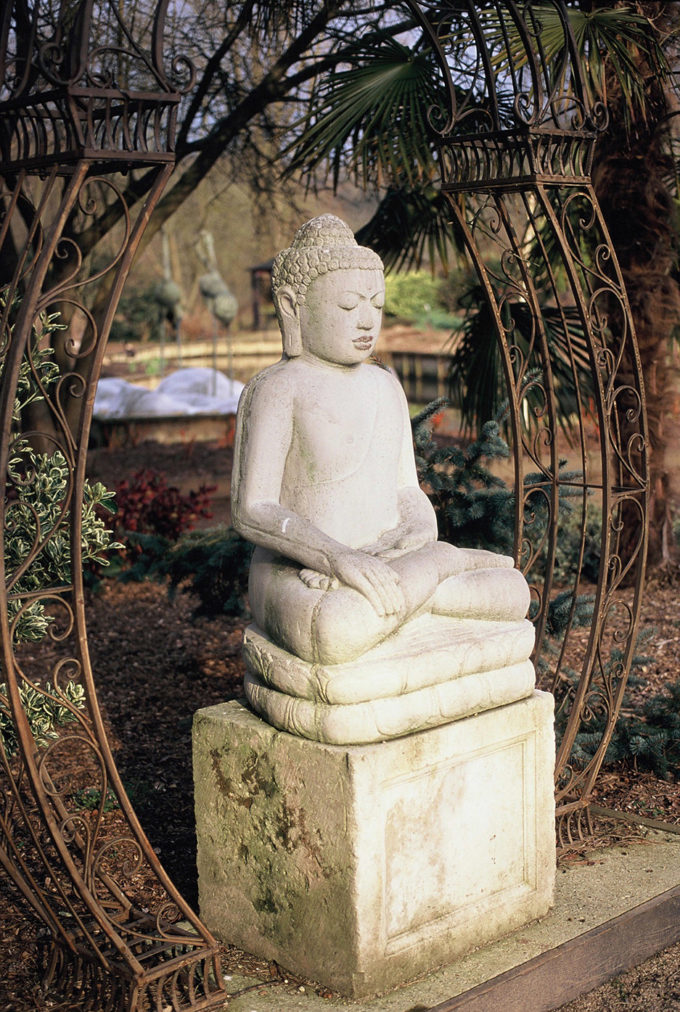
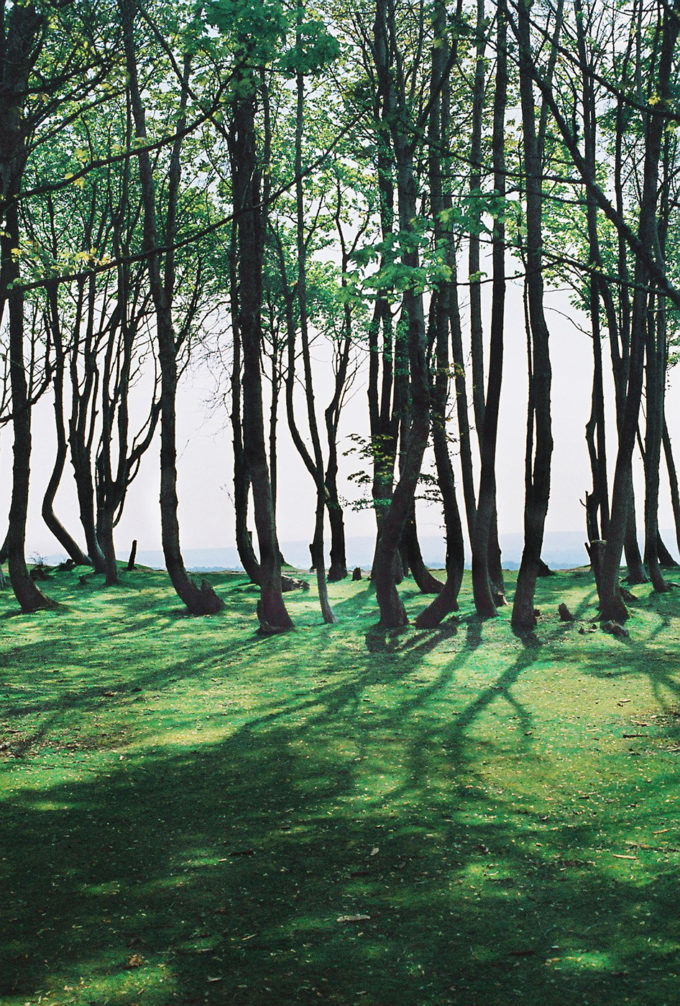
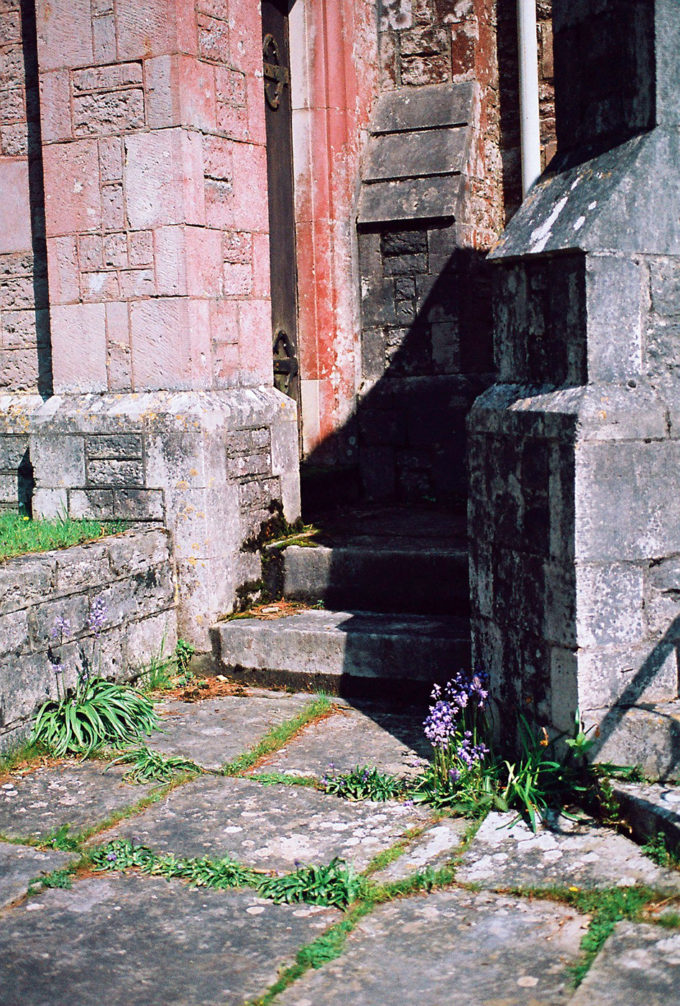
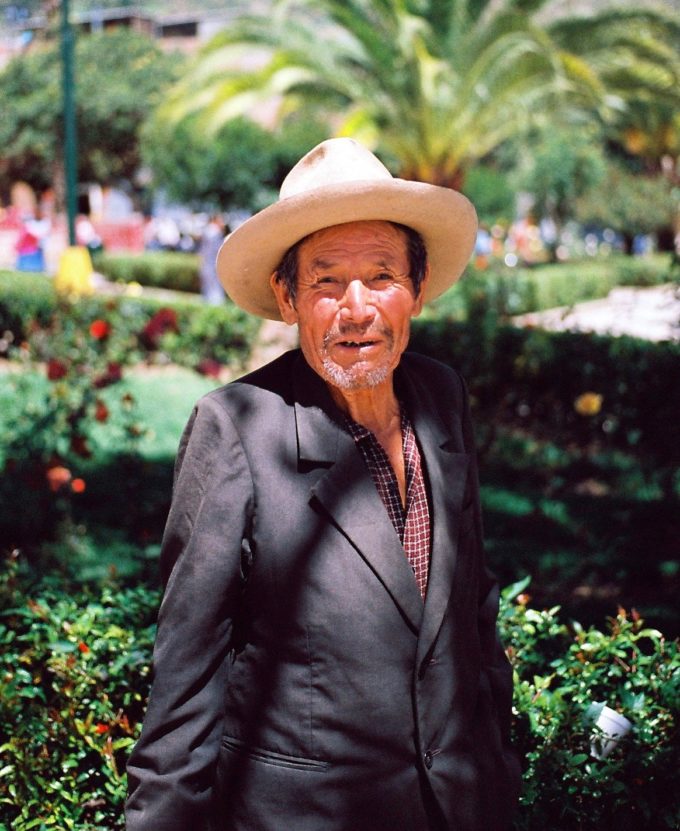
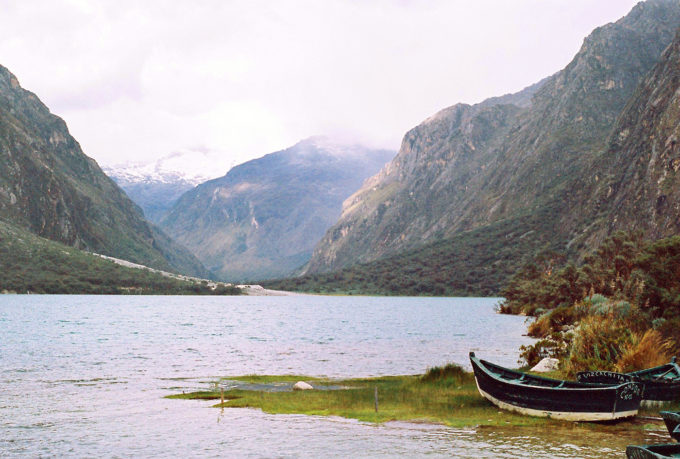
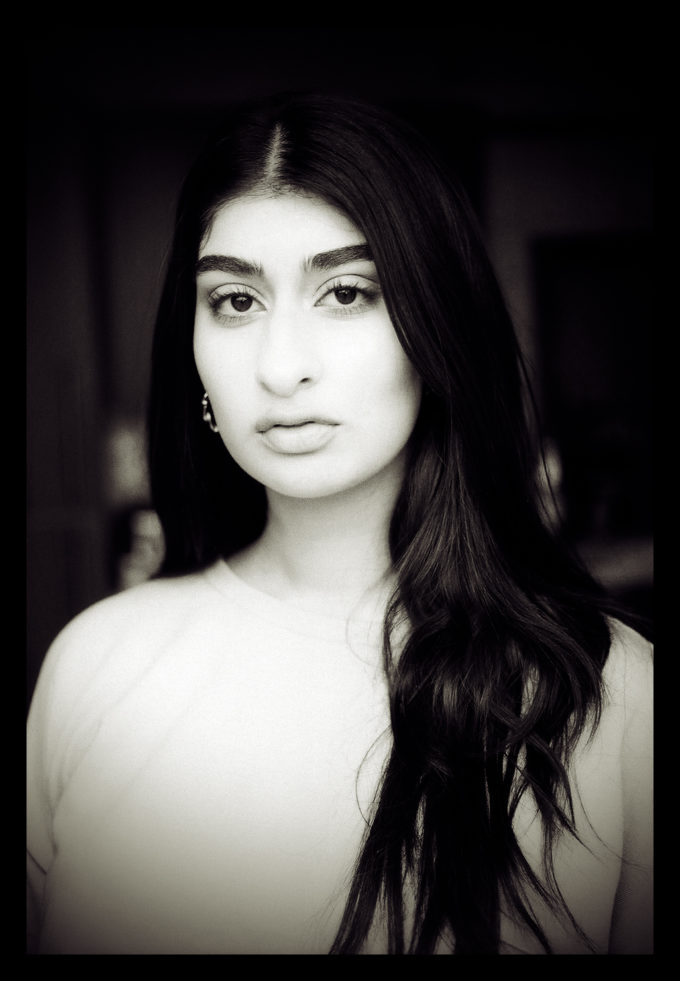
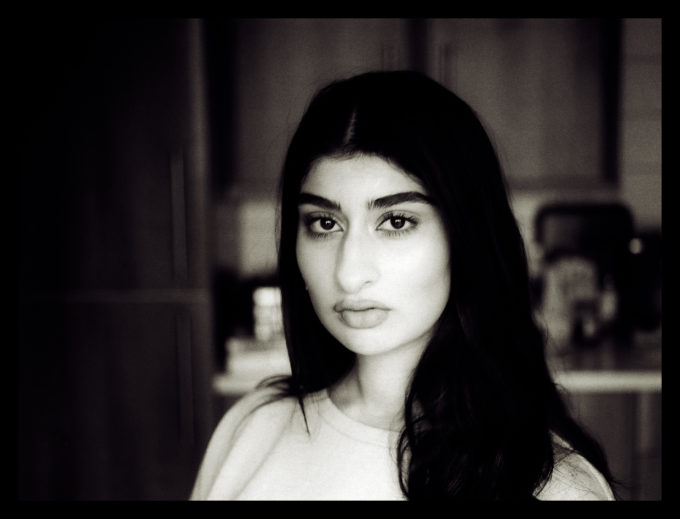
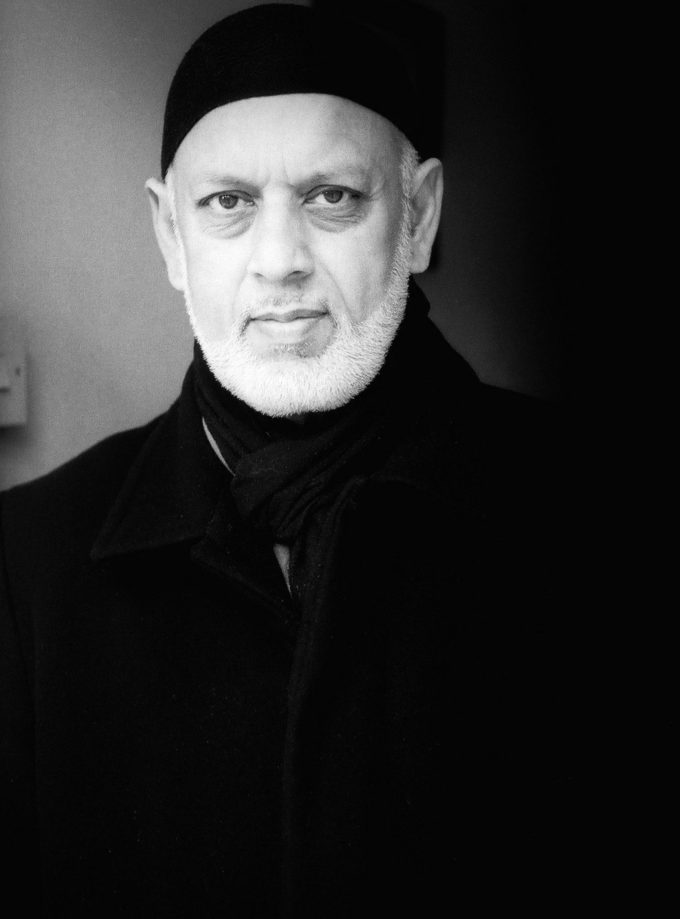
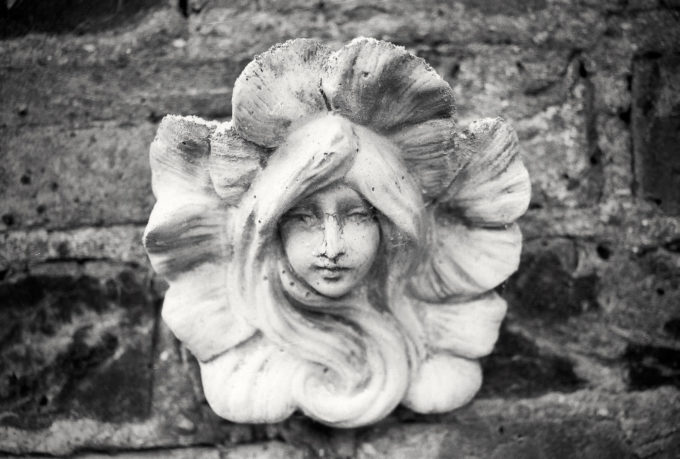
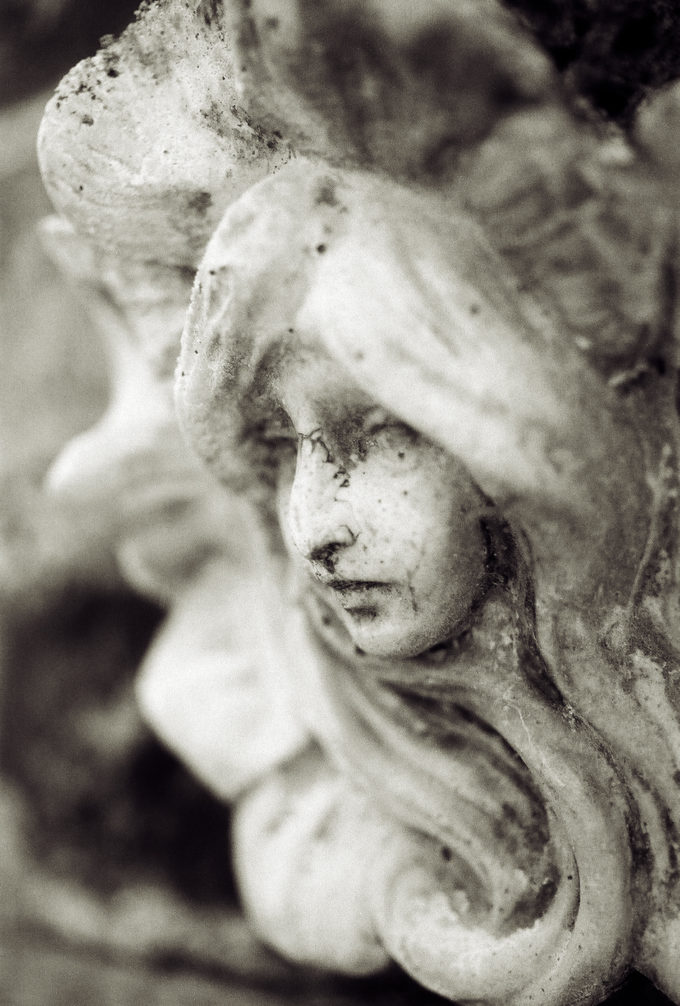
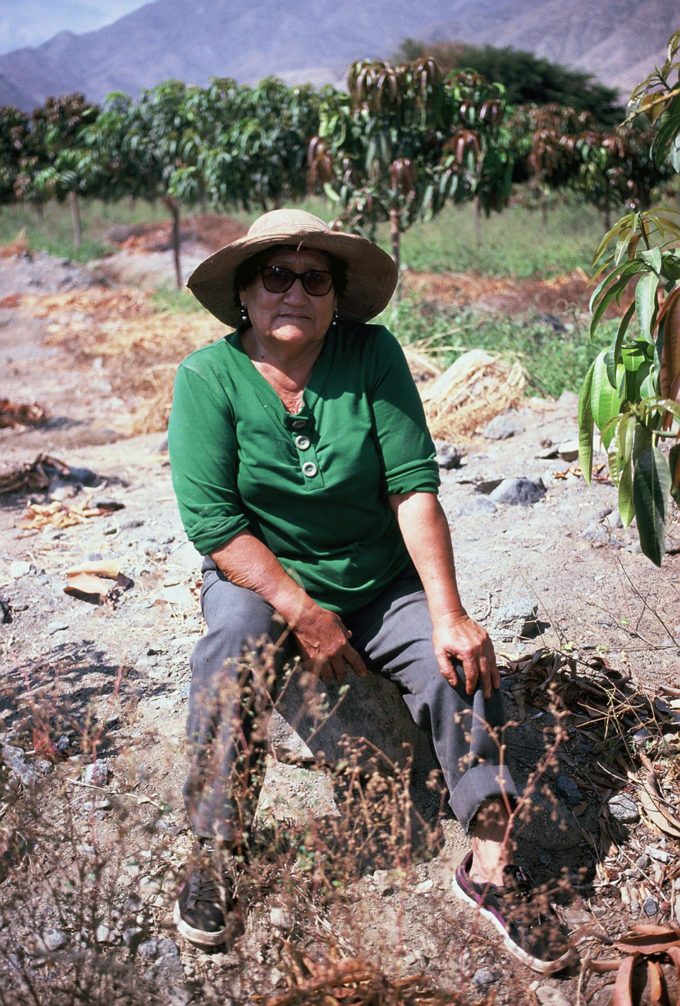
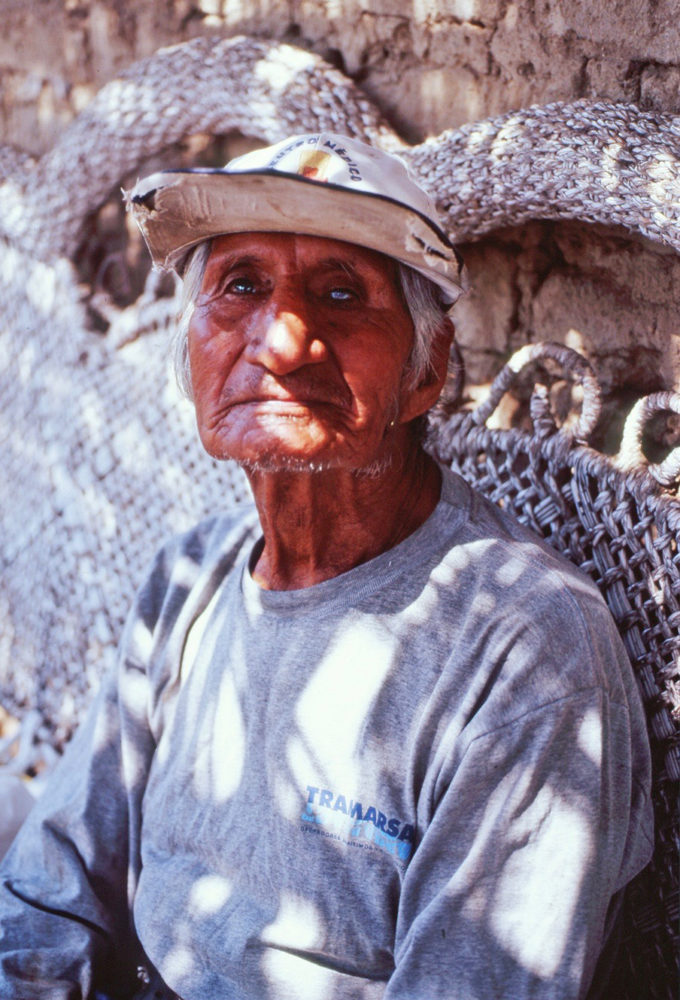
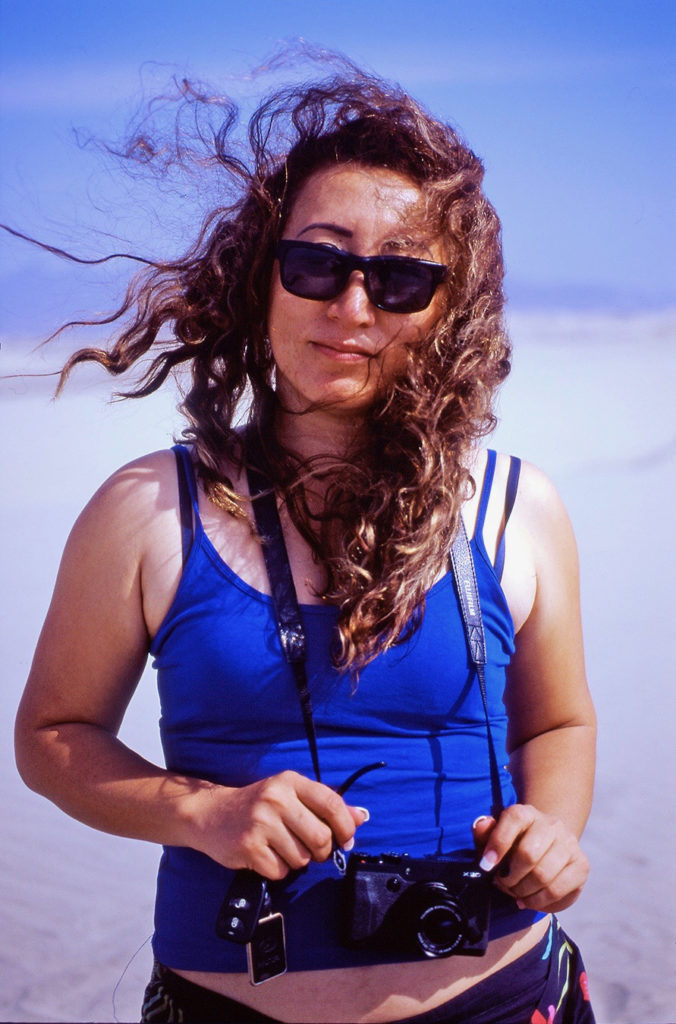
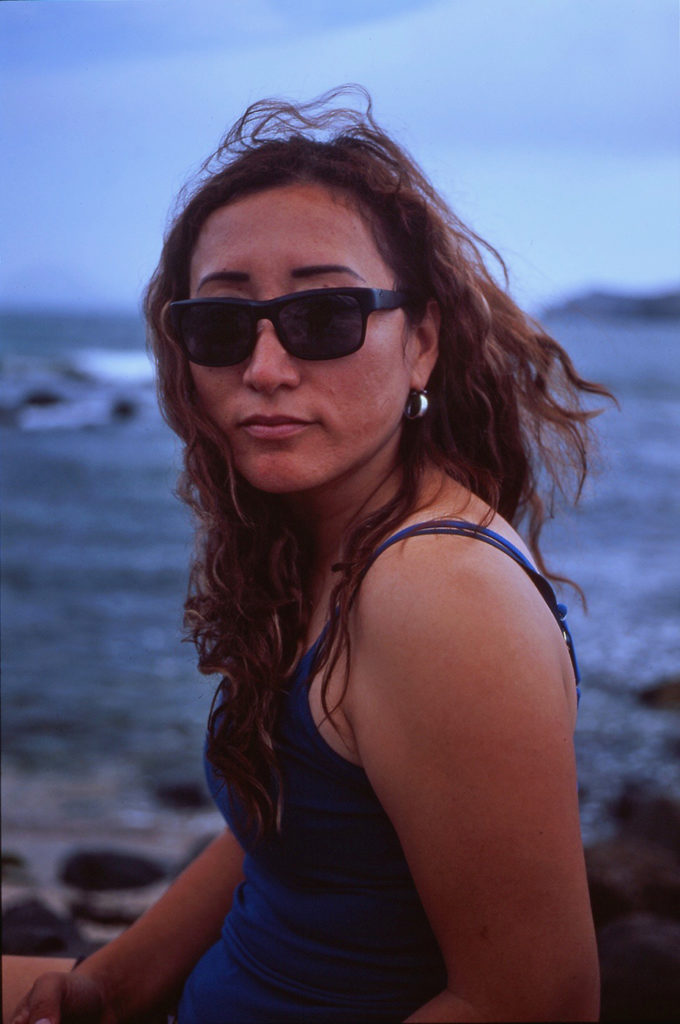
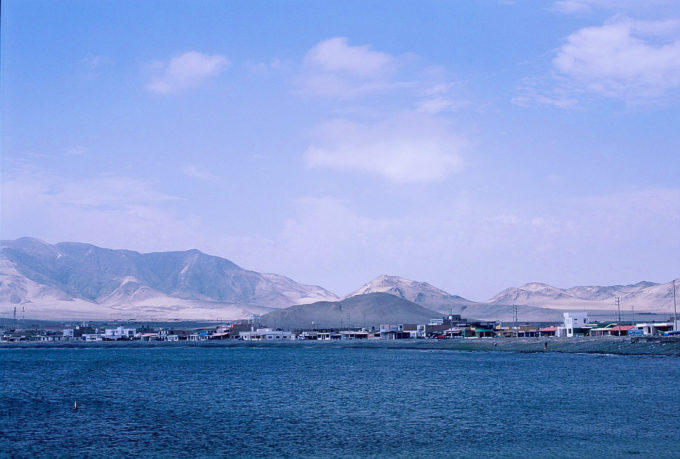


Hi, since I am currently looking around for a 35mm AF SLR, I have one question about the 7… I generally want the professional ones, for two main reasons: 100% viewfinders (every time I shoot with90-something I keep thinking what unwanted stuff I don’t see will get into my frame) and built quality/weather protection (and I like the weight and feeling of solidity).
But the pros are obviously pricier.
I understand I won’t get the first with the 7, or F100 etc, and I’d have to accept that.
But the second… it’s not that I report from war zones or caves and jungles… but I always break plates and glasses, knock stuff, etc, I need something I don’t have to worry about during travels. Obviously I understand that the 7 is not a crappy plastic toy. But I would like to hear your opinion on that matter, since nowadays it’s really hard to get hands on analogue gear without actually buying it (unless you live in Japan, I guess…).
Thanks for your help.
Maciej
Love the article, and thanks for linking to my Maxxum 9 article too :).
Hahahahaha!!! Mate, it was a superb article – and thanks for the comments!
I need a Maxxum 9
Welcome back Ibraar! Love the portraits.
Best regards
Huss
Very nice and inspiring article. Like the 3D-pop on the Budha picture.
I finally parted ways with my Dynax 7s (I had two in mint condition, one bought as new old stock and hadn’t even had a roll run through it) and my Dynax 9. The 9 is the faster and better built of the two and I think has even better ergonomics. The 7 however is the newer camera and has more features and more AF points, the LCD on the back etc. Both were quite a departure from earlier designs. The 7 also supported SSM (USM / USD etc) lenses, only a rare number of 9s were ever upgraded with SSM support.
The 50 Macro is excellent, as are all the Minolta lenses. It’s an amazing system. So many of these fabulous lenses are so dirt cheap these days because they aren’t part of the latest and greatest, but Sony still make new cameras for them (the A99 II is a fantastic camera). But better than that, pick up a Dynax 7 or 9 and an A900 (digital equivalent with fantastic sensor, viewfinder, ergonomics and colour). A900 was designed by Minolta mostly before Sony took over.
If you get a chance to shoot the 135mm STF you will not be sorry.
Thanks
The Sony are quite reasonably priced and I’m looking for the cheaper A850 rather than A900. Amazon had a body only for £450
Talking about Konica Minolta – I know the NEX were originally Sony whereas the Alpha were from their Minolta acquisition – (I remember they bought the assets design along with the design and the actual human staff too) the newer A7 and A9 E mount look like a nice hybrid of both schools – and it’s good to see Sony continuing the Minolta tradition of new tech and features way in advance of Canon Nikon etc
And I’d love to see a Digital Konica Hexar AF
I’ve read much about the STF – as a side note the 7 has an STF feature which can only be used with a tripod – or brackets several frames under different apertures to create the STF look in camera – and I’ve not tried it but I’ve seen results and they are sublime – this is when the price of the STF is beyond
A full frame digital Konica Hexar AF…
…that’s a damn fine proposition!
Wait? Where did you find Agfa Scala? I’m surprised you could get that developed! As far as I know all labs in the US ceased developing scala many years ago.
Scala is developed by the German lab I’ve listed (along with Adox Scala ) their services are brilliant and very well priced so go buy some Adox (which is Scala 200x)
Buy Adox Scala from firstcallphotographic.co.uk
The results speak for themselves. What more would you want, especially if you enjoy using a particular camera like this one. What shifted me out of film to digital was the issue of using a digital camera (awkward scanner) to take capture an image digitally anyway of a slide or negative, simply so you can get the benefits of finishing it in PhotoShop and printing it yourself. I sent my last role of Kodachrome to the Eldorado processor, the last one in the world, to develop it about one week before they stopped all processing. I asked for the canister to be sent back to me as a souvenir. I then looked into having someone else process my black and white and also scan it into a CD for me, and then finally gave up because I didn’t like the scans. I really like Scala 200x monochrome slide film. So, how good of a job did Forest Photographic do with your scanning compared to your experience with advanced digital images? Okay, proof is in the results, but I’d still like to hear your conclusions about this crucial step. Thanks for sharing this with us.
Hi thanks for your comments
Forest photographic have a very good service and they have been around for decades
My scans were their basic service – they also do a HQ service
Their results are very good – their HQ are excellent
Colour is accurate with Provia the Precisa and Astia but not with the Velvia which needs tweaking in PP- any colour etc issues can be dealt with with them.
I recommend projecting slides – what an experience
Their negative scans and colour are excellent – Agfa ultra 50 is notoriously difficult yet they nailed it
Their BW is likewise excellent with the Ilford FP4+
I opened this just because your name was attached – and I wasn’t disappointed! Beautiful shots. Except paerhaps the last seascape – a bit over-blue.
Thanks man
Good set of photo, I used a Minolta Maxxum 9 back in the film day, I was a brilliant bit of kit, used two CR123A batteries which could be a pain if you did not have spare. I was cast from bullet deflecting dwarf star alloy and was a hefty weight – but it was a king of a camera.
Hi mark
Yes I concur – it is a collectors item too
I wonder how the Sony A900 compares – I know the Sony was a Minolta design
I’d also be interested to know how much input the Minolta and Konica staff acquired by Sony had in the E mount A7 and A9
Ibraar, what have you done? You have reignited our passion for 35mm cameras. 😛 Now we will be spending countless hours reading reviews of Minolta SLRs!
But you are right to do so. The cameras that usually awaken our senses are film cameras. It can be a folding 6×6 camera from the 1950s, a Leica from the 1970s or an advanced SLR from the 1990s.
Some Nikons and Canons are really nice, obviously, but the Minoltas that you are talking about here are certainly a level above. It’s also true that Minolta have made some stinkers. Personally I am a Contax guy, if I had to have only one 35mm SLR system. But almost every brand has something desirable and useful. Even Prakticas have a certain je-ne-sais-quoi.
Just this morning I was thinking about how much I miss slide film. 🙂
Thanks
I’m also a Contax guy – having had a G2 for 14 years
And had various SLR’s
I always fancied the N1
The Dynax Maxxum 7 I would say is comparable the the Nikon F6 – the F6 is of s better build though (though second to the Dynax 9)
Sorry to hear about your struggles last year, Ibraar, but glad to hear that you’re back on track in 2018 — and what a great return to form!
These image have real soul and a beautiful natural tonality, especially the B+W shots.
Lovely work and nice overview about the Minolta too!
Thanks you –
By the way the details of the photos are
Water Feature – Beale Park. Agfa Precisa CT 100.
Buddha in Meditation – Beale Park. Agfa Precisa CT 100.
To the sea – Brownsea Island Dorsetshire. Agfa Ultra 50
Bluebells on the Church Steps – Brownsea Island Dorsetshire. Agfa Ultra 50
Andean Campasino – Carguaz Ancash Peru. Agfa Ultra 50.
Lagunas Llanganuco – Ancash. Los Andes. Peru. Agfa Ultra 50
Annie – London. Ilford FP4+ Duotone PS and slight vignette in Apple Photos.
Wajid – London. Ilford FP4+
Welsh Fairy – London. Ilford FP4+ (second Duotone)
The Mother-in-law – Casma. Ancash, Peru. Fujichrome Asia 100.
Blind Campasino – Pampa de Lamas. Ancash – Peru. Fujichrome Velvia 50
Lourdes – Pacific coast. Ancash, Peru. Fujichrome Velvia. 50
Tortugas – Pacific Ocean. Ancash Peru. Fujichrome Velvía 50.